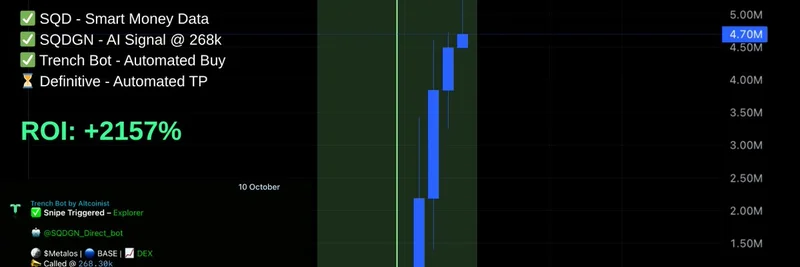Hey there, crypto enthusiasts! If you've been keeping an eye on the DeFi space, you've probably heard the buzz around Aave V4. This latest upgrade is shaking things up, and today, we're diving into how it's set to change the game for borrowing in decentralized finance. Buckle up as we explore the insights from Stani Kulechov, the founder and CEO of Aave, shared in a recent episode of UNCHAINED.
What’s the Big Deal with Aave V4?
Aave V4 is not just another update; it's a game-changer. According to Kulechov, this version introduces a more nuanced approach to borrowing rates, making them fairer and more aligned with the actual risk involved. Imagine borrowing money where the interest rate you pay is directly tied to how risky your borrowing setup is. Sounds fair, right?
Fairer Rates for Everyone
So, how does Aave V4 achieve this fairness? Kulechov explains that if you're a low-risk borrower, you'll pay less. On the flip side, if your borrowing setup is riskier, you'll pay more. This approach ensures that the rates reflect the true risk, preventing overcharging for those who are less risky and undercharging for those who are more risky.
This shift is a big deal because it means that borrowers who are cautious and have a solid setup won't be penalized with high rates. Conversely, those taking on more risk will contribute more to the system, which can help stabilize the protocol overall.
A Closer Look at the Mechanics
Let’s break it down. In Aave V4, the borrowing rates are determined within a single pool. This means that the protocol can price the risk more accurately based on the composition of the pool. If you're borrowing assets like GHO or USDC, which are generally considered stable, you'll likely face lower rates. But if you're venturing into more volatile territories, like Bitcoin, the rates will adjust accordingly.
Kulechov highlights that this setup ensures that borrowers aren't overcharged. Those who bring more stability to the protocol by borrowing less risky assets are rewarded with lower rates. This incentivizes a healthier ecosystem where the rates that users pay are more in line with the actual risk they pose.
Why This Matters for DeFi
This change is crucial for the broader DeFi landscape. By aligning borrowing rates with risk, Aave V4 encourages more responsible borrowing practices. It also attracts a diverse range of users, from conservative borrowers to those willing to take on more risk, creating a balanced and robust market.
Moreover, this innovation could set a precedent for other DeFi protocols. As Aave V4 rolls out, we might see a ripple effect where other platforms adopt similar risk-based pricing models, further evolving the DeFi space.
What’s Next for Aave V4?
While Aave V4 is still in development, the potential impact is immense. Kulechov’s vision is to make DeFi borrowing not just accessible but also fair and efficient. This upgrade could be a stepping stone towards a more mature and sustainable DeFi ecosystem.
For those of you deep in the crypto world, keep an eye on Aave V4. It’s not just about borrowing; it’s about reshaping how we think about risk and reward in decentralized finance.
Wrap-Up
Aave V4 is poised to revolutionize DeFi borrowing by introducing a risk-based pricing model that ensures fairness and efficiency. With insights from Stani Kulechov, we see a future where borrowing rates reflect the true risk, benefiting both the protocol and its users. Stay tuned as this update unfolds, and get ready for a new era in DeFi!
Happy investing, and remember, in the world of crypto, knowledge is your best asset!


